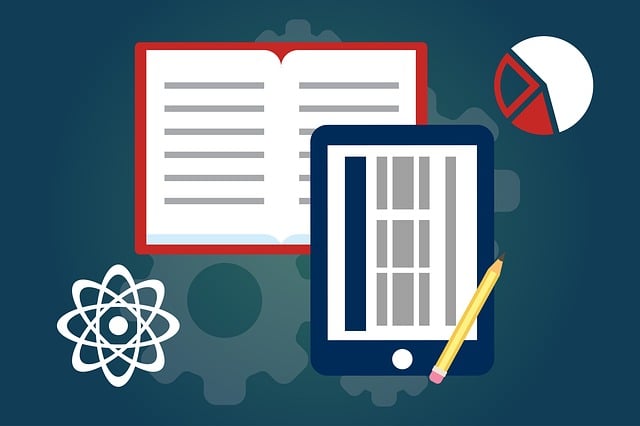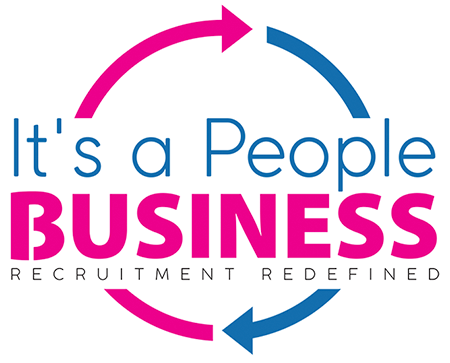Best Practices for HR Professionals
Best Practices for HR Professionals

Effective onboarding is a crucial step in welcoming and integrating new employees into a company's culture and operations. However, with the rise of remote work, the traditional in-person onboarding process has become outdated and ineffective. As the workforce becomes increasingly distributed, Human Resource (HR) professionals are faced with the challenge of mastering the art of remote onboarding. This entails adapting traditional practices to fit the virtual environment and creating a seamless and engaging experience for new hires. Remote onboarding requires a different approach and set of tools to ensure that new employees feel connected, informed, and prepared for their roles. In this article, we will explore the best practices for remote onboarding and how HR professionals can adapt and enhance their onboarding process to effectively integrate new employees into a remote team. By mastering the art of remote onboarding, HR professionals can foster a positive and productive work environment, build a strong company culture, and set new hires up for success in their new roles.
Streamline paperwork with digital solutions.
Streamline paperwork with digital solutions.

In today's digital age, remote onboarding has become a necessity for HR professionals looking to streamline paperwork and enhance the efficiency of their processes. With the advent of digital solutions, organizations now have the opportunity to transition from manual paperwork to a more streamlined and automated approach. By embracing digital solutions for remote onboarding, HR professionals can reduce the time and effort spent on administrative tasks, such as printing, scanning, and mailing documents.
Read More:How to Use Social Media to Recruit and Engage Top Talent
Digital solutions offer the advantage of centralized document storage.
Digital solutions offer the advantage of centralized document storage.
Instead, they can leverage secure online platforms and electronic signatures to expedite the completion of necessary paperwork, ensuring a seamless and efficient onboarding experience for remote employees. Moreover, digital solutions offer the advantage of centralized document storage, making it easier to access and manage employee records, while also maintaining data security and compliance with privacy regulations. By embracing the power of remote onboarding through digital solutions, HR professionals can not only save time and resources but also provide a more convenient and streamlined experience for new hires.
Utilise video calls for introductions.
Utilise video calls for introductions.

Utilizing video calls for introductions, HR professionals can further enhance the remote onboarding experience. Video calls provide a valuable opportunity for new employees to connect with their team members and managers, even when they are physically distant. By leveraging platforms such as Zoom or Microsoft Teams, HR professionals can schedule virtual meet-and-greet sessions where new hires can introduce themselves, ask questions, and receive a warm welcome from their colleagues.
Build trust and establish strong working relationships from the start.
Build trust and establish strong working relationships from the start.
This personal touch goes a long way in fostering a sense of belonging and inclusion, which is crucial when onboarding remote employees who may not have the chance to meet face-to-face. Additionally, video calls allow for non-verbal communication cues, such as facial expressions and body language, which can help build trust and establish strong working relationships from the start. By incorporating video calls into the remote onboarding process, HR professionals can create a more engaging and connected onboarding experience for their new hires.
Read More: Outsourcing vs. In-House Hiring: Which is Right for Your Business?
Provide remote training materials.
Provide remote training materials.

To provide remote training materials is an essential aspect of successful remote onboarding. In the digital age, HR professionals can utilize various online platforms and tools to deliver comprehensive training materials to new hires, regardless of their location. By utilizing learning management systems (LMS), HR professionals can create and upload training modules, videos, and interactive presentations that cover essential onboarding topics such as company policies, procedures, and job-specific training.
Empower employees to take ownership of their learning journey.
Empower employees to take ownership of their learning journey.
These materials can be accessed by new employees at their convenience, allowing them to learn at their own pace and refer back to the resources whenever needed. This approach not only ensures consistent delivery of information but also empowers employees to take ownership of their learning journey. By providing remote training materials, HR professionals can effectively equip new hires with the knowledge and skills they need for a successful remote onboarding experience.
Assign a mentor for guidance.
Assign a mentor for guidance.

One effective strategy to enhance remote onboarding is to assign a mentor to provide guidance and support to new hires. A mentor, who is an experienced employee within the organization, can serve as a valuable resource for remote employees navigating the onboarding process. The mentor can offer insights, answer questions, and provide guidance on company culture, expectations, and remote work best practices. This personalized support system helps new hires feel connected and supported, even from a distance. By assigning a mentor for guidance, HR professionals can foster a sense of belonging and facilitate a smooth transition into the remote work environment for new employees.
Read More: Mastering the Main Stages of Any Recruitment Discussion: A Practical Guide for Employers
Foster a sense of community.
Foster a sense of community.
Another way to foster a sense of community during remote onboarding is by utilizing virtual team-building activities. These activities can help new hires feel connected to their colleagues and build relationships despite the physical distance. HR professionals can organize virtual icebreaker sessions, team challenges, or even virtual coffee breaks where employees can engage in casual conversations and get to know each other on a more personal level. By incorporating these interactive activities into the remote onboarding process, HR professionals can create an inclusive and supportive environment that encourages collaboration and camaraderie among remote employees. This sense of community not only boosts employee morale but also enhances productivity and teamwork in the long run.
Conclusion
Conclusion
Remote onboarding is becoming a common practice in today's workforce, and it is essential for HR professionals to adapt and master this new process. By implementing best practices such as clear communication, virtual training, and providing necessary resources, HR professionals can ensure a successful and seamless onboarding experience for new employees. It is crucial to prioritize the human aspect and create a supportive and welcoming environment, even in a virtual setting. With these strategies in place, companies can effectively onboard and integrate new employees into their teams, leading to a more engaged and productive workforce. As the business world continues to evolve, HR professionals must continue to refine and perfect their remote onboarding skills to meet the needs of the ever-changing workplace.
Read More: The Benefits of Working with a Flat Fee Recruiter
